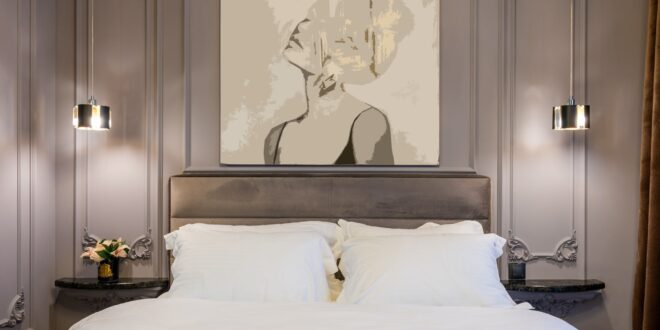There is a special joy and pleasure that new artwork pieces bring to people when they buy them. Many of them actually love creating their own art collection that they are very proud of. Artwork can charitably improve the overall appearance and atmosphere of the house. In general, art pieces can make the house looks so warmer and more luxurious. However, if you consider adding proper lighting around it, you can highlight the artwork in the greatest possible way.
Creating the lighting artwork for your house will truly leave a huge impression on every guest that comes. Planning the installation for artwork is crucial for achieving the best possible appearance. Since there are so many different ways of lighting the artwork, you primarily need to understand their differences and different highlight types.
You do not have to be an expert lighting designer to highlight your art collection, but you can achieve that goal by applying some tips that we will talk about in this article.
In that way, your artworks will get to be in the center of focus and get the attraction in the most luxurious, yet effective manner.
1. The Importance of Lighting for the Art Piece
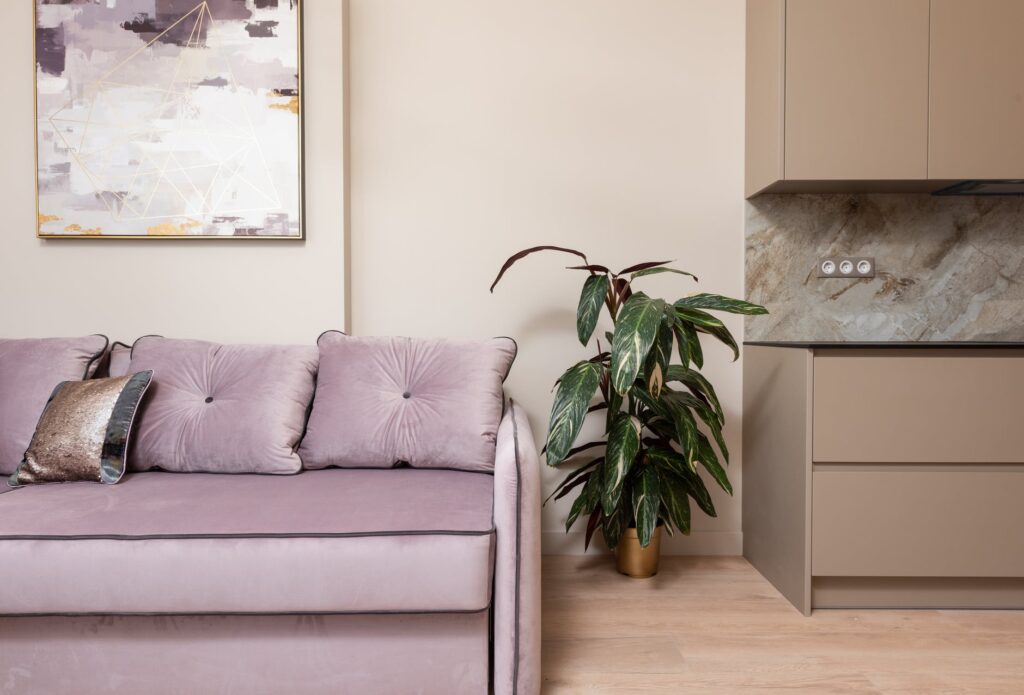
Lighting that is installed around, beyond, below, or on any other position towards the artwork will significantly improve its value. Moreover, it can create a romantic and luxurious ambiance in the whole room. In general, all art pieces are expressing so many different feelings, thoughts, they can send various messages and to e received in so many various ways. Many would think that an art piece as it is can be enough to make the whole wall rich. However, if you have some art piece that just stands in the shadow, your whole wall will look dark and empty.
No one will even be amazed by the artwork and the colors it brings. Having an art piece without proper light will enhance its beauty and the value is like listening to the music without having the sound. Now, you understand how creating a proper light will improve even the overall experience of everyone who looks at it. In that way, a person can truly appreciate what he sees and understand the expression that a specific art piece brings.
Your artwork will get more attention and instead of producing a dark and mysterious tone, it will be brighter and shiny. Lighting can also affect the quality of the art because inadequate lighting can damage the art in the long term. Therefore, if you think that this change can improve your overall interior design and make your home incredibly elegant and warm, you can see a wide range of different lighting options on this website.
It is very important to collaborate with a professional company in order to get the overall artwork appearance lighting that will be attractive, durable, effective, and most of all, that can satisfy your needs.
2. You need to match lighting and artwork colors
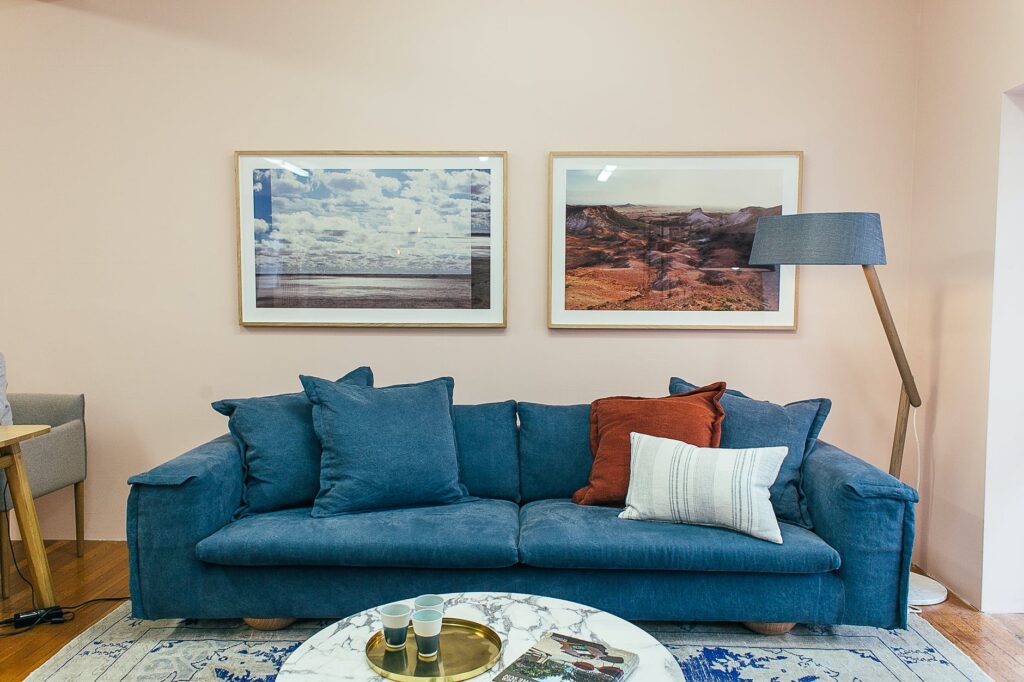
In general, before you install any lighting around your art piece, you need to understand that the color of the light can significantly change the viewer’s perception while watching it. For instance, very white light can wash away the bright colors. On the other hand, hot colors can make the art piece looks orange.
That is why you need to find the balance and ideally consider the same light that the artist used when he created the artwork. A safe option is to use low to the medium light intensity from a full spectrum. This will present the art piece in the most neutral tone.
3. Consider the perfect lighting arrangement
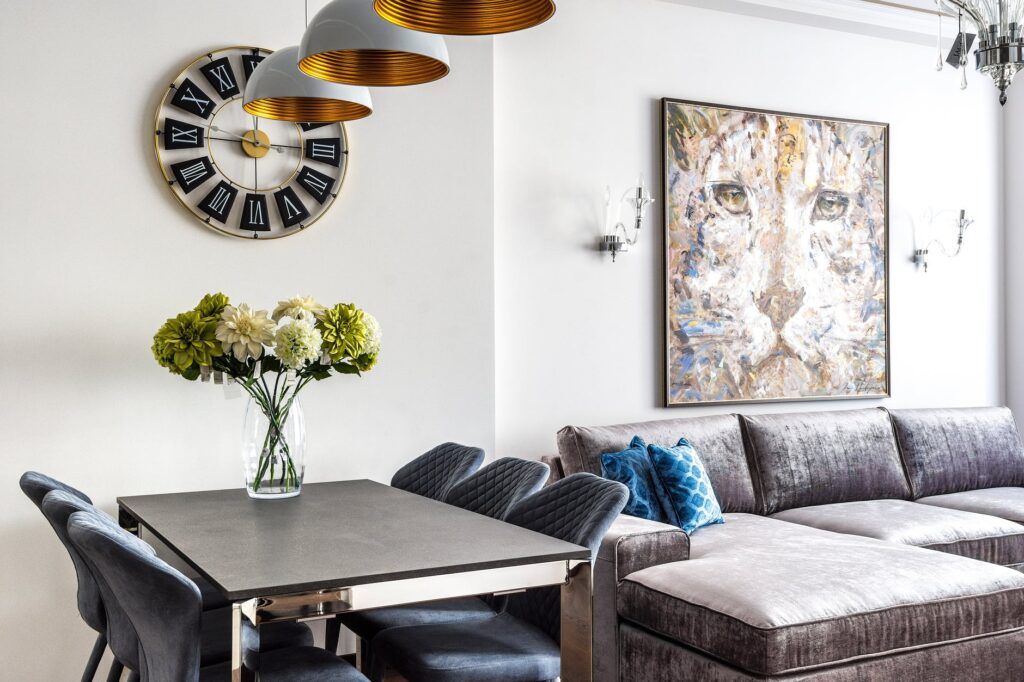
When you select the right light for your art piece, you need to consider where you will place the light. You want to highlight your artwork and to make it the most enjoyable for watching it. Your lighting installations should not be in the focus of the art expression. Instead, it needs to help the art to be in the focus. That is why it would be best to choose some light above the art piece.
Try keeping the lighting source small and discreet, yet sophisticated. In that way, it will not draw all the intention and it will do the job. Additionally, you can even consider hiding the lighting source by matching the frame color to the color of the lighting fixture. You have the option to choose for instance mount lighting in the ceiling, wall washers, track lights, etc.
When you are installing the lightning, do not forget to provide coverage of the wall and the art’s surface, so you would not damage it in this process.
4. Consider the Artwork’s Surface
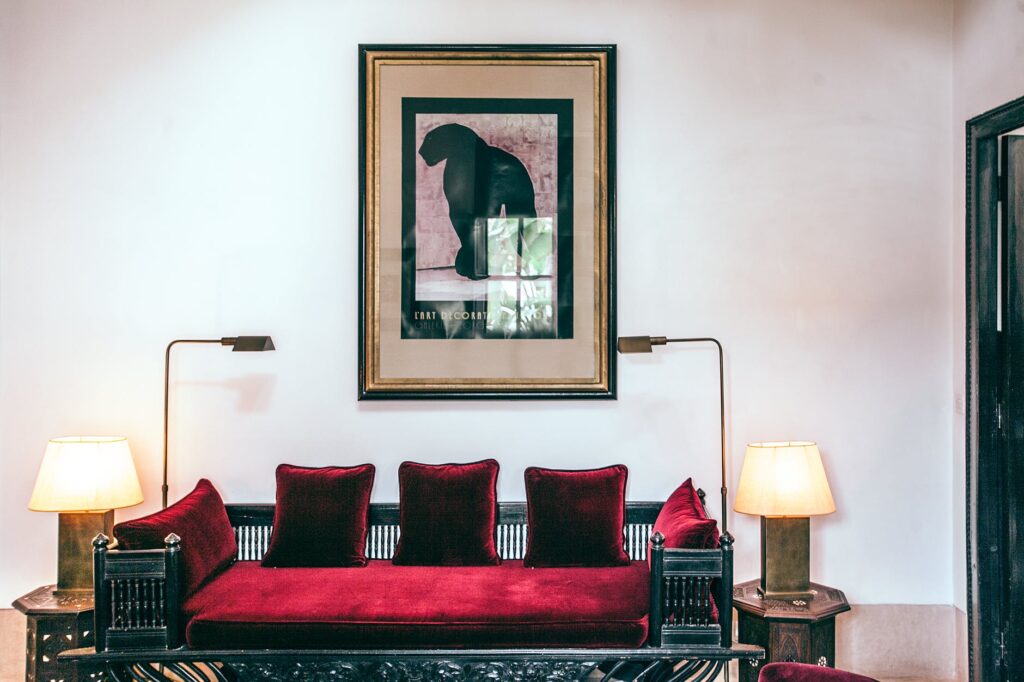
You need to understand that not all art pieces have an even surface. In fact, if the artwork is original and authentical, and not the fake one, it will probably have an uneven surface. This means that the artist painted with a brush. Usually, oil and acrylic paint have this kind of uneven surface of the brush pressure.
However, watercolors or some art illustrations will maintain the same evenness of the surface. In general, when you are installing and finding the perfect position for the lights, you need to make sure that you will get the desired effect. In other words, you maybe do not want to highlight the imperfection of the art piece.
On the other hand, you may want to enhance and highlight the artist’s brushwork by lighting the art piece only from one direction. If you decide to light the art piece only from one direction, you can ensure that the light will initiate the most ideal effect by creating small shadows and enhancing the uneven surface.
This will even make your guests come closer and take a better look at the painting since it will intrigue them how the real artist used the brush while painting. As we said, some people do not like to highlight uneven surfaces. If you are one of them and you think that one direction light can only disturb the desired expression of the artwork, you should change the tactic. More precisely, you want to avoid highlighting the shadows on the surface, so you need to light the art piece evenly. This arrangement will require several light sources that come from different angles.
 Imagup General Magazine 2024
Imagup General Magazine 2024
